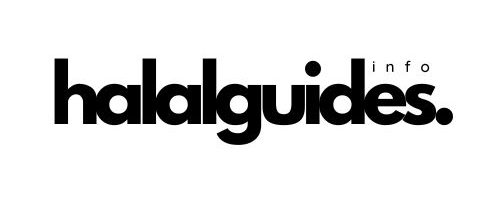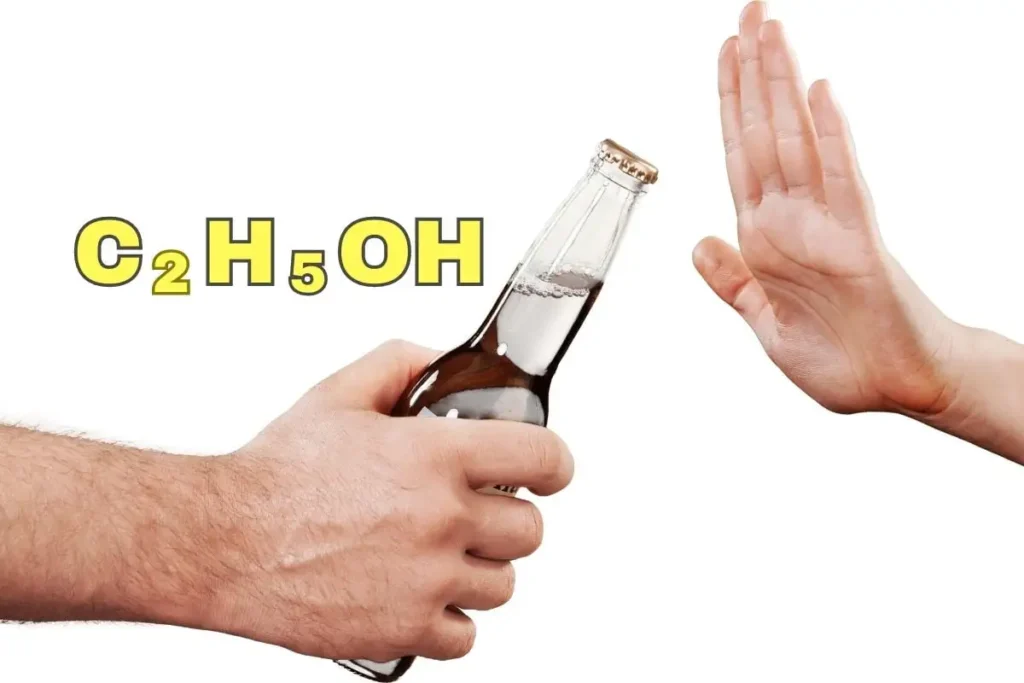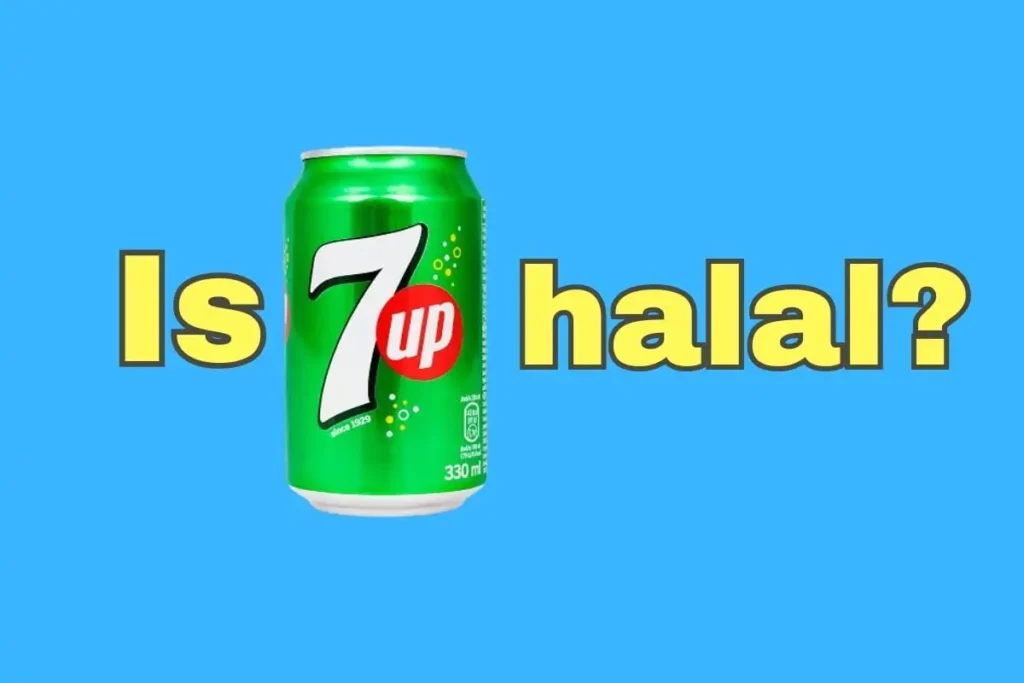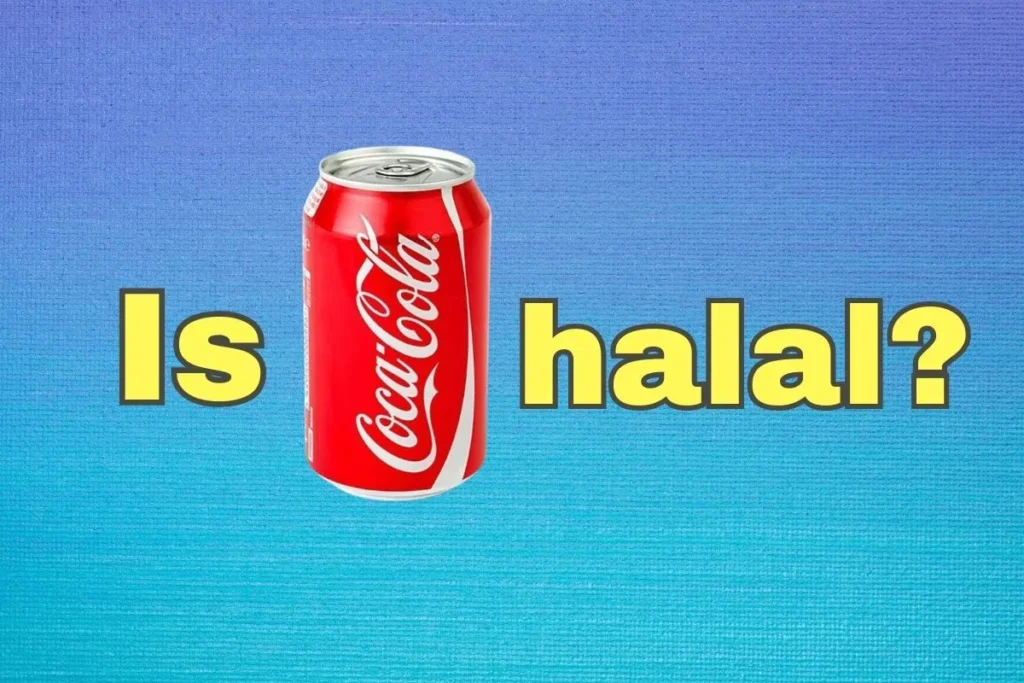Have you ever wondered about the status of E434 in Islamic dietary laws? This informative post will explore E434’s nature and uses while analyzing religious views on its permissibility.
Key Takeaways
| 📌 E434, also known as Polysorbate 40, is an emulsifier that prevents ingredients from separating in food. |
| 📌 Derived from sorbitol through a chemical process, E434 has a dual nature that makes it effective in stabilizing and dispersing oil and water components. |
| 📌 The halal status of E434 is doubtful, similar to E433, and individuals committed to halal standards may consider exploring alternative products. |
What is E434?
Polysorbate 40, denoted as E434, serves as an emulsifier to prevent ingredients from separating. It helps blend oil, water, and other components into stable mixtures.
Chemical Structure
E434’s structure involves a polyethoxylated sorbitan backbone esterified with palmitic and stearic fatty acids. This amphiphilic configuration allows it to stabilize immiscible elements in foods.
What Is E434 Made From?
The production of Polysorbate 40 involves a chemical process known as ethoxylation and fatty acid derivation. Here’s a quick summary of the process:
- Sorbitol Source: The production starts with sorbitol, which is a sugar alcohol derived from glucose. Sorbitol is often used as a sugar substitute in food products.
- Ethoxylation Process: Ethoxylation is a chemical process in which ethylene oxide, a colorless gas, is introduced to the sorbitol. This reaction results in the addition of ethylene oxide molecules to the sorbitol molecule. The number of ethylene oxide units added can vary, and in the case of Polysorbate 40, it is typically around 20.
- Fatty Acid Derivation: Following ethoxylation, the product is further processed by reacting it with fatty acids. Fatty acids are long-chain carboxylic acids, often derived from vegetable oils or animal fats. This step involves esterification, where the ethoxylated sorbitol reacts with fatty acids to form the final product, Polysorbate 40.
- Final Product: The result is a compound with both hydrophilic (water-attracting) and lipophilic (fat-attracting) properties. This dual nature makes Polysorbate 40 an effective emulsifier, allowing it to stabilize and disperse oil and water components in various products.
Possible Side Effects
There are no known side effects of E434 or Tween 40, in the concentrations used in food products. However, some individuals may experience allergic reactions to products containing Polysorbate 40 and 80, which are similar compounds to Tween 40.
Regulations and Guidelines
In terms of regulations and guidelines, Polyoxyethylene sorbitan monooleate (E433), which is similar to E434, is listed in Commission Regulation (EU) No 231/2012 as an authorized food additive and categorized in “Additives other than colors and sweeteners.”
Dosage and Administration
E434 quantity conforms to technical standards without issues. The acceptable daily intake (ADI) of Polysorbate 80 E434), is set at 0-25mg/kg body weight/day.
Is E434 Halal or Haram?
Similar to E433, which is derived from sorbitol, the halal status of E434 is also deemed syubhat or doubtful. For those deeply committed to adhering to halal standards, it’s advisable to explore alternative replacement products.
Find out more:
Is E435 Halal or Haram?
Conclusion
In the captivating journey through the realm of food additives, E434, or Polysorbate 40, emerges as a versatile emulsifier, bridging the realms of oil and water in our favorite treats. As we unveil its origins, structural intricacies, and regulatory standing, the lingering question of its halal status remains shrouded in doubt.
Are we willing to navigate the uncertainty, or shall we seek halal certainty in alternatives? In the culinary adventure of life, the choice is yours—may it be as enriching and satisfying as the flavors we savor.
Allahu A’lam (Allah Knows Best)
FAQ
What is the source of E434?
It’s derived from sorbitol via chemical reactions.
Is E434 safe for consumption?
Regulatory agencies assess the safety of foods prepared and adhering to regulations.
What are some common food products that contain E434?
Confections, dairy goods, and baked items frequently employ this ingredient.
What is the CAS number of E434?
The Chemical Abstracts Service registry number is 9005-66-7.
Is E434 banned in any country?
No outright prohibitions exist per our research, though some places restrict contextual usage.
- Is Pop Tarts Halal? What You Need to Know - February 18, 2024
- Are Graham Crackers Halal in Islam? - January 19, 2024
- Is Keebler Wheatables Halal? - January 18, 2024





